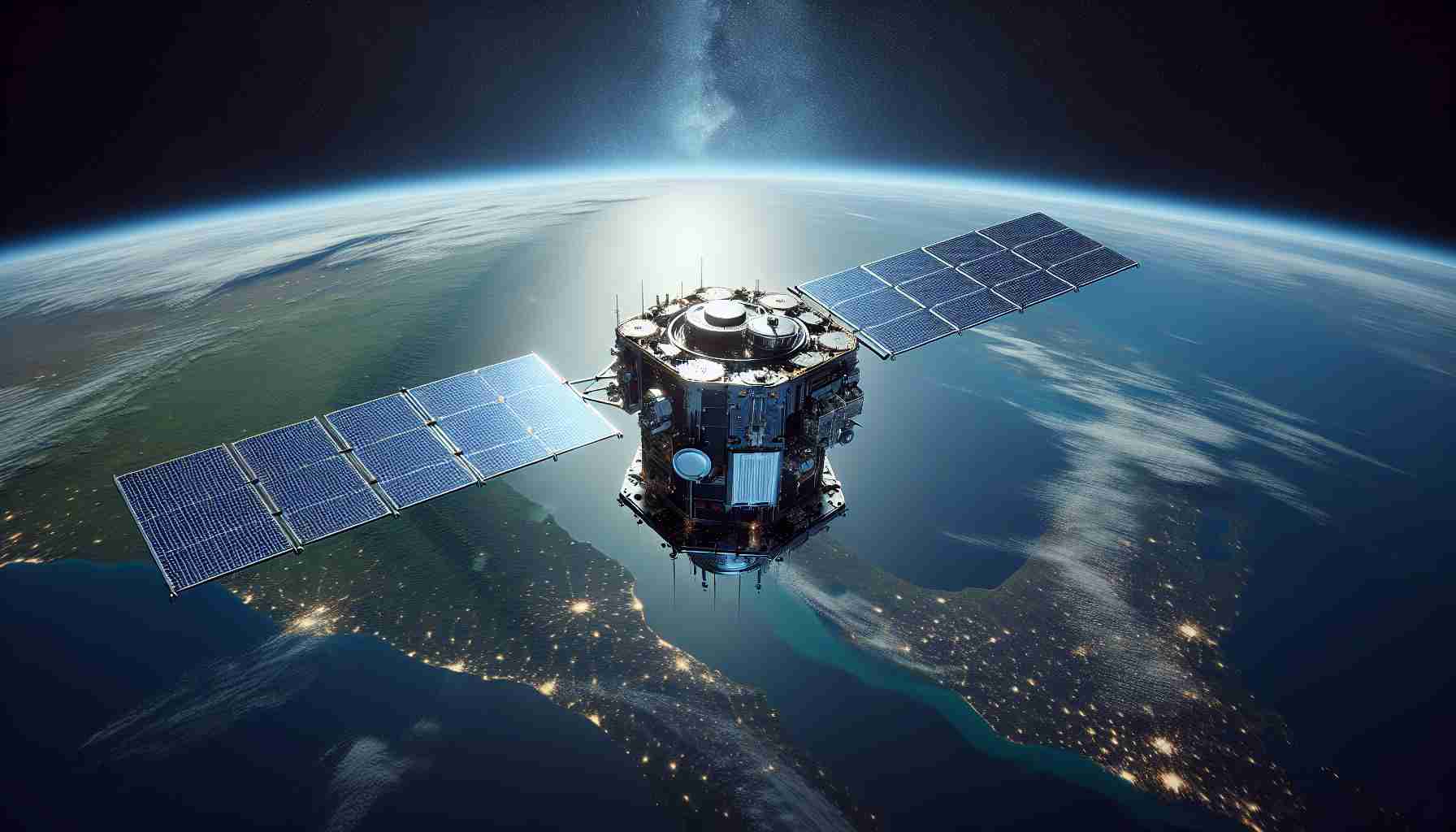
SpaceX is taking significant steps to improve its Starlink service through two recent filings with the Federal Communications Commission (FCC). These filings include an application and an amendment aimed at enhancing the capabilities of the second generation of Starlink satellites, classified as non-geostationary (Gen2).
The first filing proposes crucial adjustments to the satellite’s orbital layout and operational standards, focusing on sustainability in space. These updates are intended to enhance efficiency, accommodate growing user demands, and improve spectrum sharing abilities. Additionally, the application aims to align Gen2 authorization with new flexible usage policies introduced by the FCC, following international regulatory guidelines established at the recent World Radiocommunication Conference.
The second filing acts as an amendment to request further enhancements to the Gen2 system. It addresses aspects that remain unconsidered by the Commission, such as adjustments to orbital parameters below 400 km and new frequency allocations.
Jameson Dempsey, Director of Satellite Policy at SpaceX, highlighted that these modifications aim to ensure high-speed, low-latency internet access for users across the United States and billions worldwide still lacking reliable broadband.
These efforts come in response to the FCC’s decision to open up substantial spectrum for satellite services, paving the way for Starlink to potentially achieve gigabit-level speeds in the near future. The company is already showcasing impressive performance metrics, indicating a leading edge in satellite internet technology.
SpaceX Advances Starlink with FCC Filings for Enhanced Satellite Performance
SpaceX’s commitment to revolutionizing satellite internet services continues to gain momentum as the company files essential applications with the Federal Communications Commission (FCC). These filings focus on enhancing the operational capabilities of Starlink’s next generation of satellites (Gen2), known for their non-geostationary orbit.
Recent Developments and Innovations
In addition to the orbital adjustments and sustainable considerations mentioned in previous reports, the latest FCC filings also emphasize a pivotal shift toward utilizing advanced technologies such as phased array antennas. This technology could substantially improve signal quality and user experience by allowing the satellites to dynamically adjust their coverage areas based on user density and demand. Furthermore, enhancements to the satellite’s onboard processing systems are designed to optimize bandwidth allocation based on real-time data, making the network more adaptable.
Key Questions and Answers
1. What are the anticipated speed improvements with the Gen2 satellites?
– The upcoming Gen2 satellites are potentially capable of achieving speeds exceeding 1 Gbps, depending on the density of users in a particular area and the specific technological upgrades implemented.
2. How will these changes affect existing users?
– Existing users could see improved service quality as the network scales up its capabilities, potentially reducing latency and increasing connection stability as Gen2 satellites come online.
3. What is the timeline for the deployment of Gen2 satellites?
– While specific deployment dates are not publicly disclosed, SpaceX aims to begin launching Gen2 satellites in the next few years, contingent upon receiving timely regulatory approvals.
Challenges and Controversies
However, SpaceX faces several significant challenges and controversies as it works toward its ambitious goals. Critics have raised concerns over space debris and the environmental impact of an increasing number of satellites in orbit. The breadth of the Starlink constellation alone raises new discussions about sustainability practices in space operations. Moreover, the potential overcrowding of communication frequencies has sparked debate about interference and performance degradation among satellite networks.
Advantages and Disadvantages
The advancements in the Starlink project come with notable advantages and disadvantages:
Advantages:
– Global Coverage: Starlink aims to provide internet access to underserved regions, bridging the digital divide.
– Speed and Efficiency: Gen2 satellites propose higher data speeds and lower latency, catering to both residential and commercial users.
– Technological Innovation: Use of advanced onboard processing and phased array technology enhances service adaptability.
Disadvantages:
– Space Debris: Concerns over the increasing risk of collision in orbit due to large constellations of satellites.
– Spectrum Congestion: Potential interference with existing satellite frequencies could impact overall communication reliability.
– Cost of Launch: Ongoing launch expenses place financial strain on continued deployment and technological improvements.
As SpaceX continues its efforts to advance the Starlink project, balancing innovation with environmental and regulatory challenges will be key to its success. The trajectory of these developments underscores the significant role that satellite technology plays in the future of global internet access. For more information, visit the official SpaceX website at spacex.com.



